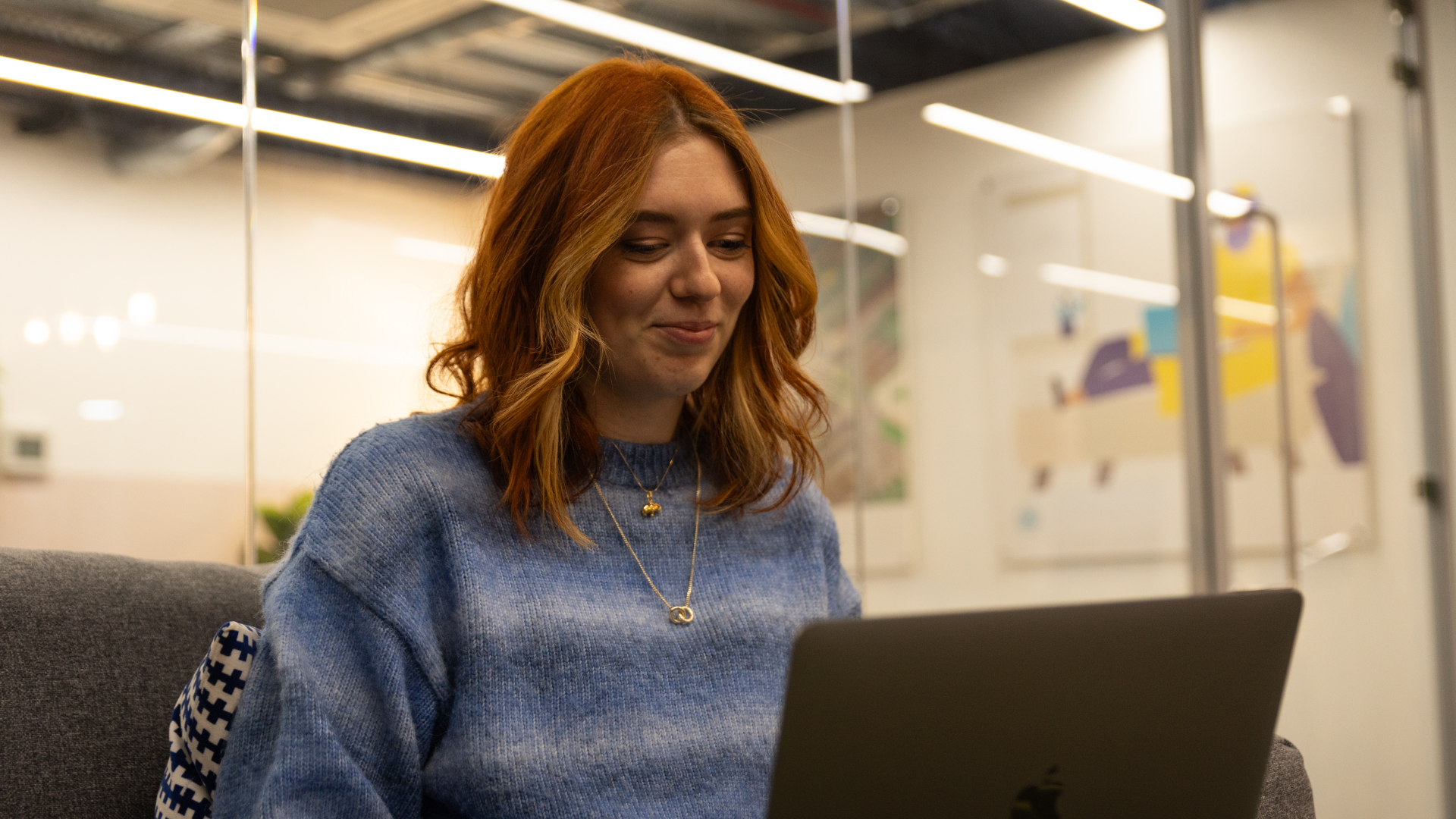
A Graphic Design degree from Leeds Art University, Becca Jones currently works as a midweight designer at ilk Agency in Leeds. Her work involves crafting unique visual identities, aligning concepts with broader campaign strategies, and meticulously preparing artwork for print.
Becca is a keen illustrator and often works on creating assets for Generation Logistics, a government-backed awareness campaign that is tackling the recruitment crisis facing the logistics sector. Her illustrations not only enhance the campaign's visual appeal but also effectively communicate its messages to the target audience.
As part of our Day in the Life series, I chatted with Becca about her role, including how she set up Goodilk, inclusivity in the sector and the book she wishes she'd made.
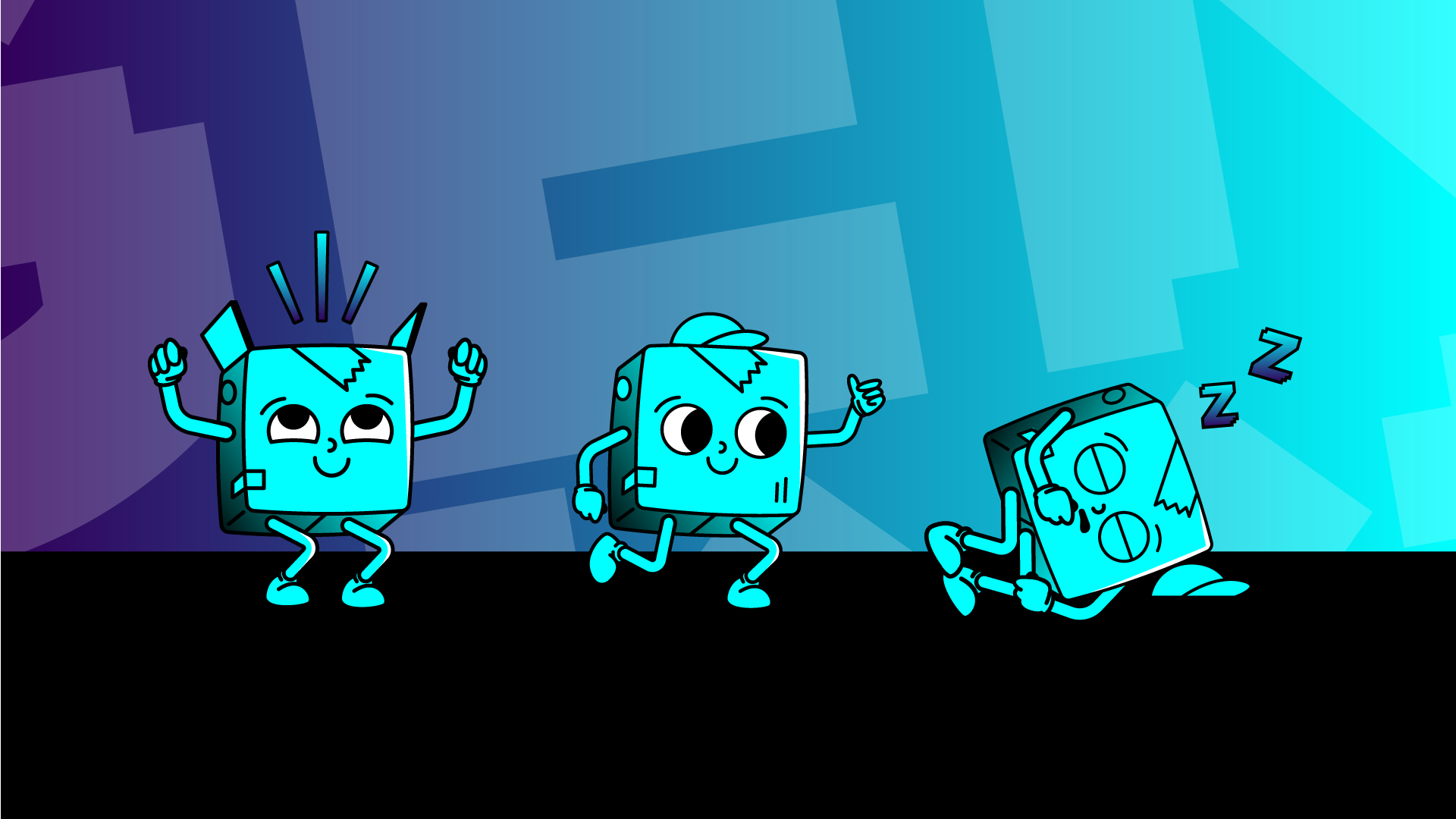
Tell me about a typical day in your role
My role can be so varied, all depending on the projects we have on. A normal day can be anything from creating social tiles for retained clients, to creating an entirely fresh brand identity for a pitch or new business win.
But that’s what I love about my role. I can be flexible and put my creative problem solving to good use. And with a team that’s always up for a laugh, and there to support me, every day is a chance to learn something new.
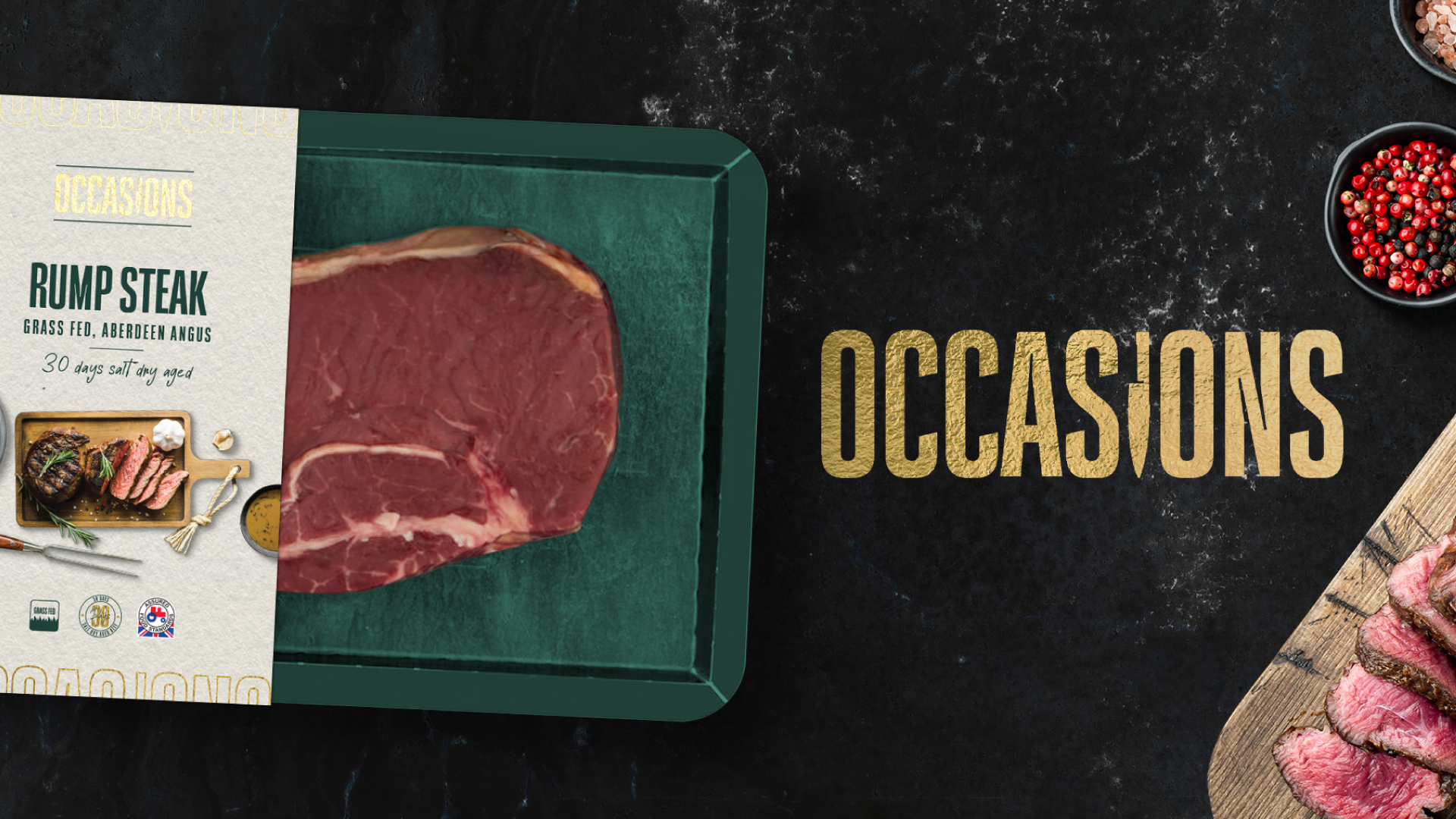
How did you get your current role?
Before ilk, I was working as a multimedia designer and press operator for a Leeds-based art printers. It was a job I picked up during the pandemic, after being furloughed by a previous employer. I loved the hands-on experience, but I’ve always wanted to move into design full time. So when the junior designer role at ilk came up I went for it, and was immediately bowled over by the welcoming team. It just felt like the right fit.
Two years on and I’m not only a midweight designer, but I’m also getting to expand my role on my own initiative – like setting up Goodilk, our company’s new charity initiative!
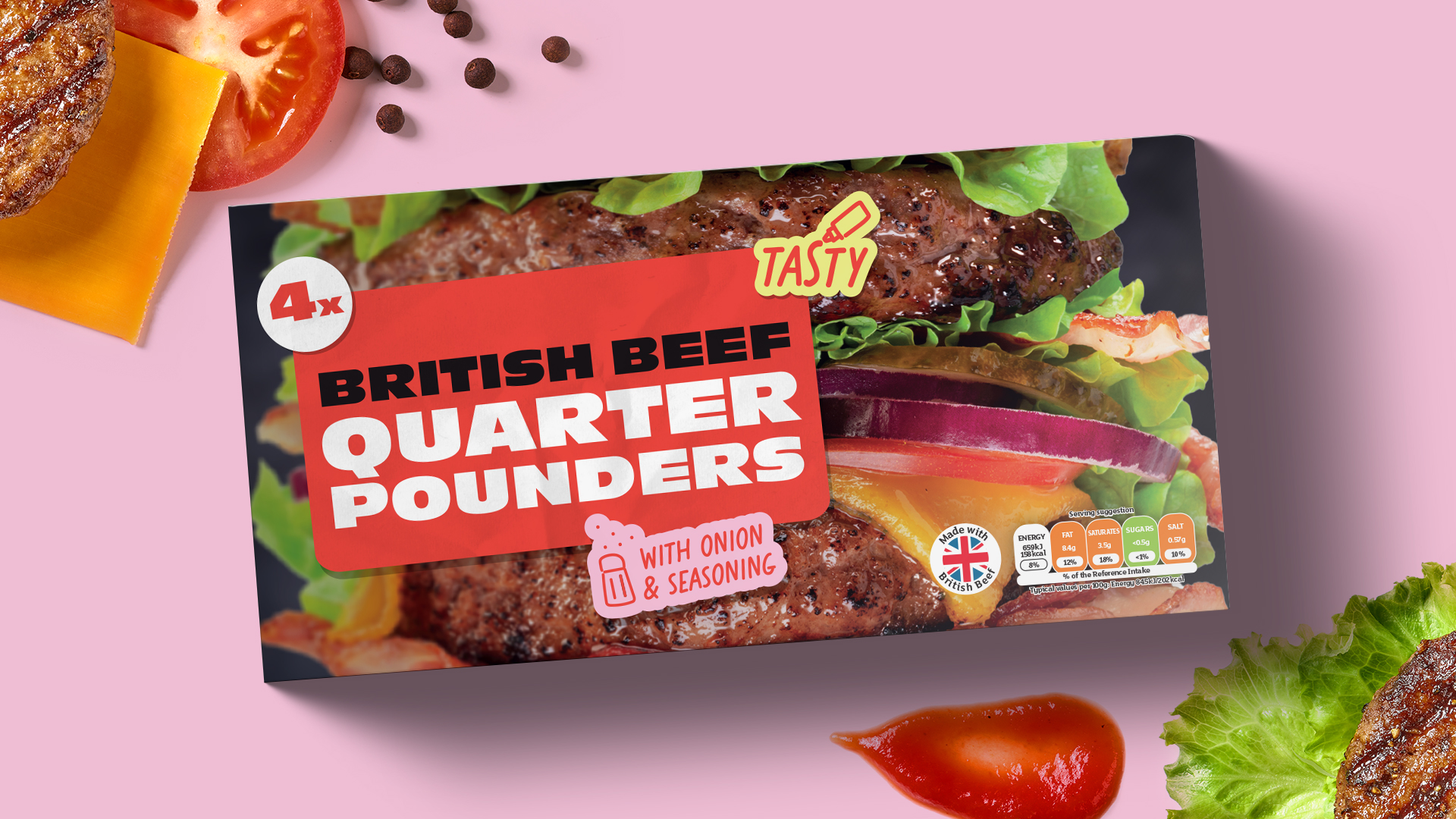
Tell me about a tricky work-related challenge and how you approached it
Sometimes projects can hit a bit of a wall… the dreaded creative block! I think it’s something all designers experience, but it got me thinking. How do others deal with the dreaded blank page? To find out, I pitched a blog to our content team, then researched methods from other designers. Now when my creative juices refuse to flow, I’ve got a fantastic bank of ideas written up and ready to go.
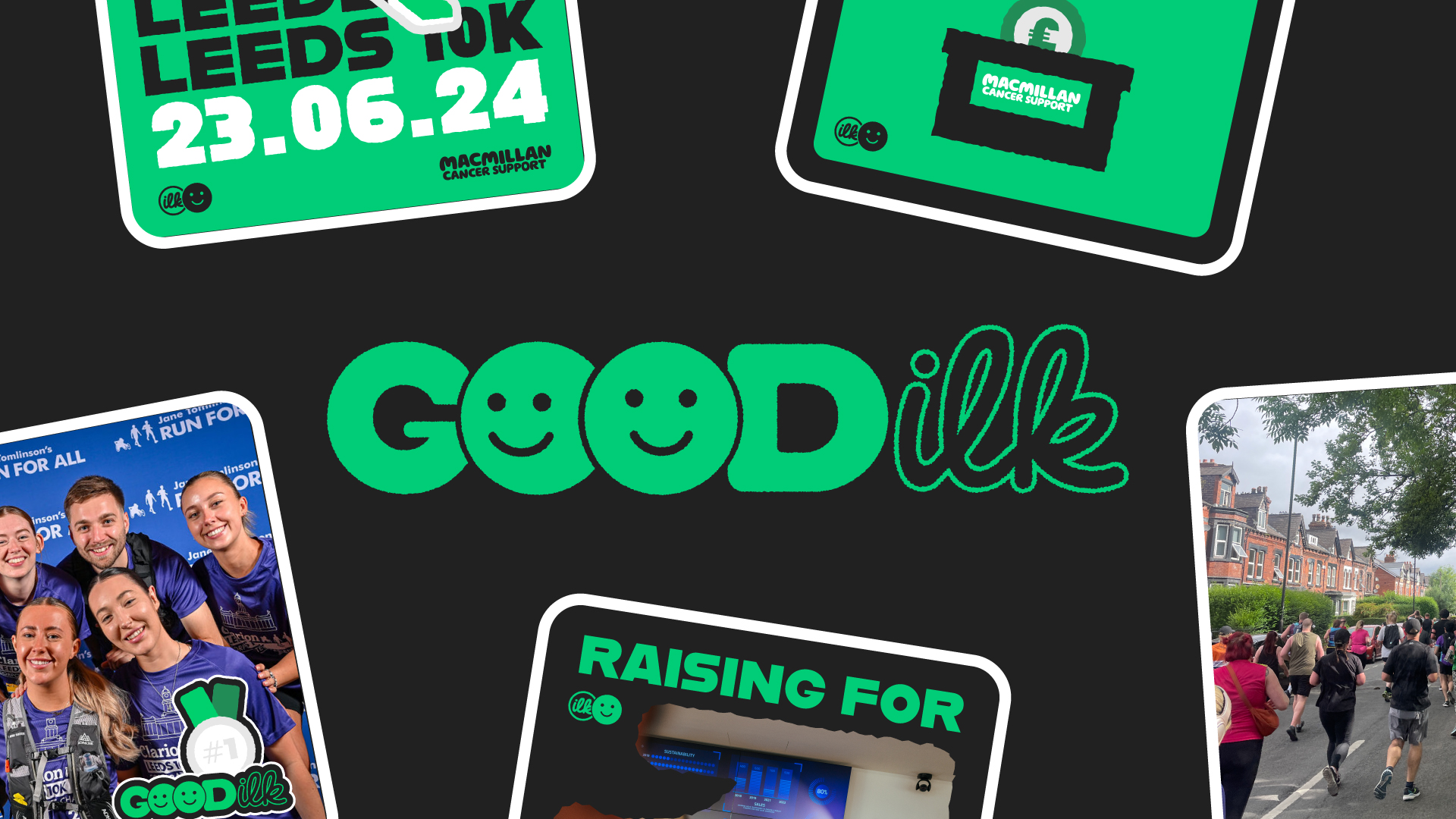
Which project are you most proud of?
My most proactive project to date is our new charity initiative, Goodilk. It’s one of the first things at ilk I’ve been able to take all the way from initial concept to fully realised brand. What started as an idea to get us ilksters more involved in charity work has grown into something much bigger, and it now encompasses our agency taking responsibility for our impact across the environment and our community. I loved coming up with the brand identity that represented our ambition, while still keeping things fun and approachable.
What mistakes should people avoid when sending artwork to print?
Not checking your links!
I know the artworking process can be tedious, but it’s vital to go through all the steps and checks to ensure you’re getting the best possible results. My main tip is to always check the colour space and size of your linked files and images. It’s the most frustrating thing when you get a call from the printers saying the print is pixelated and you have to go back and check everything from scratch.
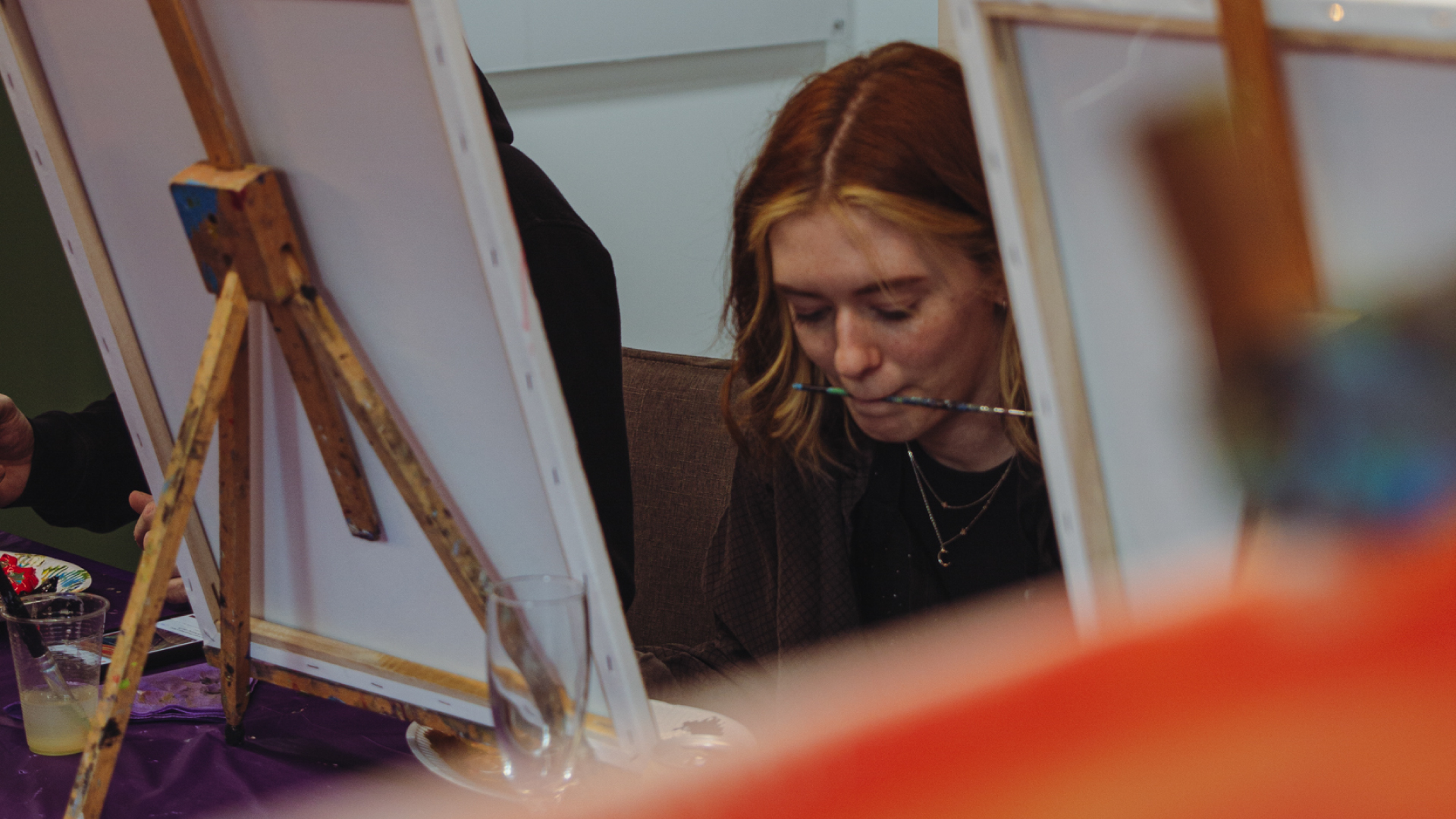
What advice would you give someone who wants to get into illustration?
It’s tough to know what advice to give, because I never intended to become one myself! I started illustrating when I was younger – mainly for fun, alongside my studies. It was a space where I could be creative without being confined to a brief.
Things soon grew from there into my own online shop (@boneidol__), and then slowly became a core part of my design toolkit. I now apply my illustration skills to commercial work, and feel comfortable enough to call myself an illustrator.
So I guess my advice would be go for it! If you’re keen, practise as much as possible. Think of the kind of projects you might like to illustrate – articles, murals, branding etc – then create projects that fit, even if they’re not real ones. They might spark interest in your work, and get your foot in the door. In my experience, clients find it much easier to trust you when they can see your work already fits their idea of where illustration fits into their project.
What work do you wish you’d made?
The crazy publication They Live: A Visual and Cultural Awakening, put together by Craig Oldham and published by Rough Trade Books. It’s a playful reminder that design isn’t just pictures on a screen. It’s some much more, and design is a powerful tool that can communicate ideas in a way words just can’t.
The book, which explores the culture and social constructs behind the '80s dystopian sci-fi film They Live, has some real clever design features: from the first few spreads (an exact replica of one of the film props), to the whole book smelling of bubblegum (a nod to one of the film’s iconic lines, "I came here to chew bubblegum and kick ass… and I’m all out of bubblegum."
Projects like this are always a big focal point in our studio meetings, where we always bring inspiring work and industry campaigns to discuss. It’s a truly unique solution to an interesting design problem.
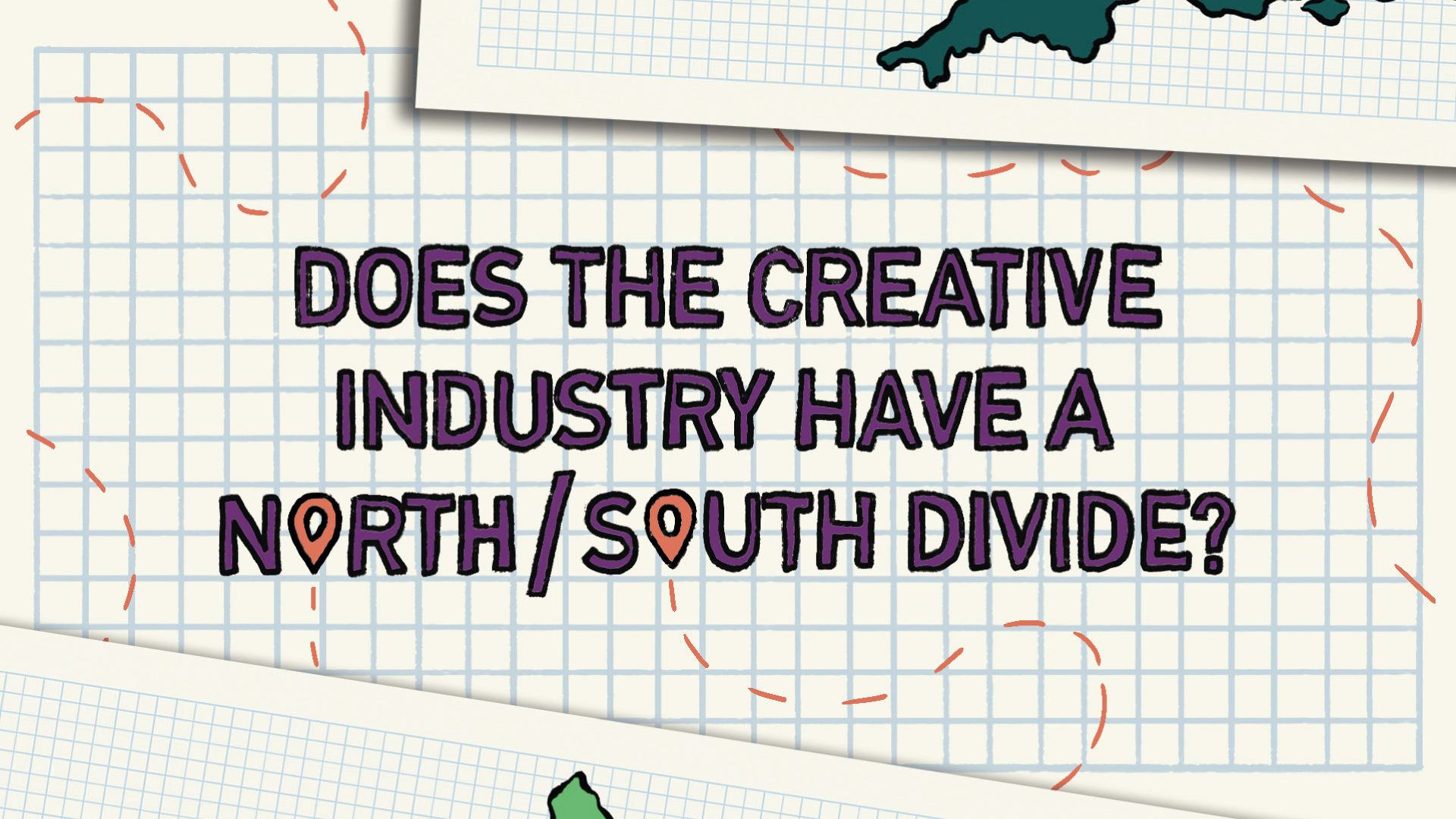
How inclusive is the design industry in 2024?
It’s getting better, but there’s still work to be done.
60% of graphic design students are women, but only roughly 40% of positions are held by women… so something’s not translating! And let’s not get started about the even lower percentage on leadership teams.
I’m lucky to work on a team with a 50/50 gender balance, with senior female designers to look up to – something I really struggled with when I was studying, with largely male visiting professionals. It still feels like you have to dig deep to find female designers at the top of the industry.
That being said, there’s a lot of great work going on to help encourage and support women in our profession.
Some good resources shouting about women in design are Design by Women, Women in Print and Women Who Design.
Our work is not done until everyone feels welcome in this industry and can create freely without facing discrimination.
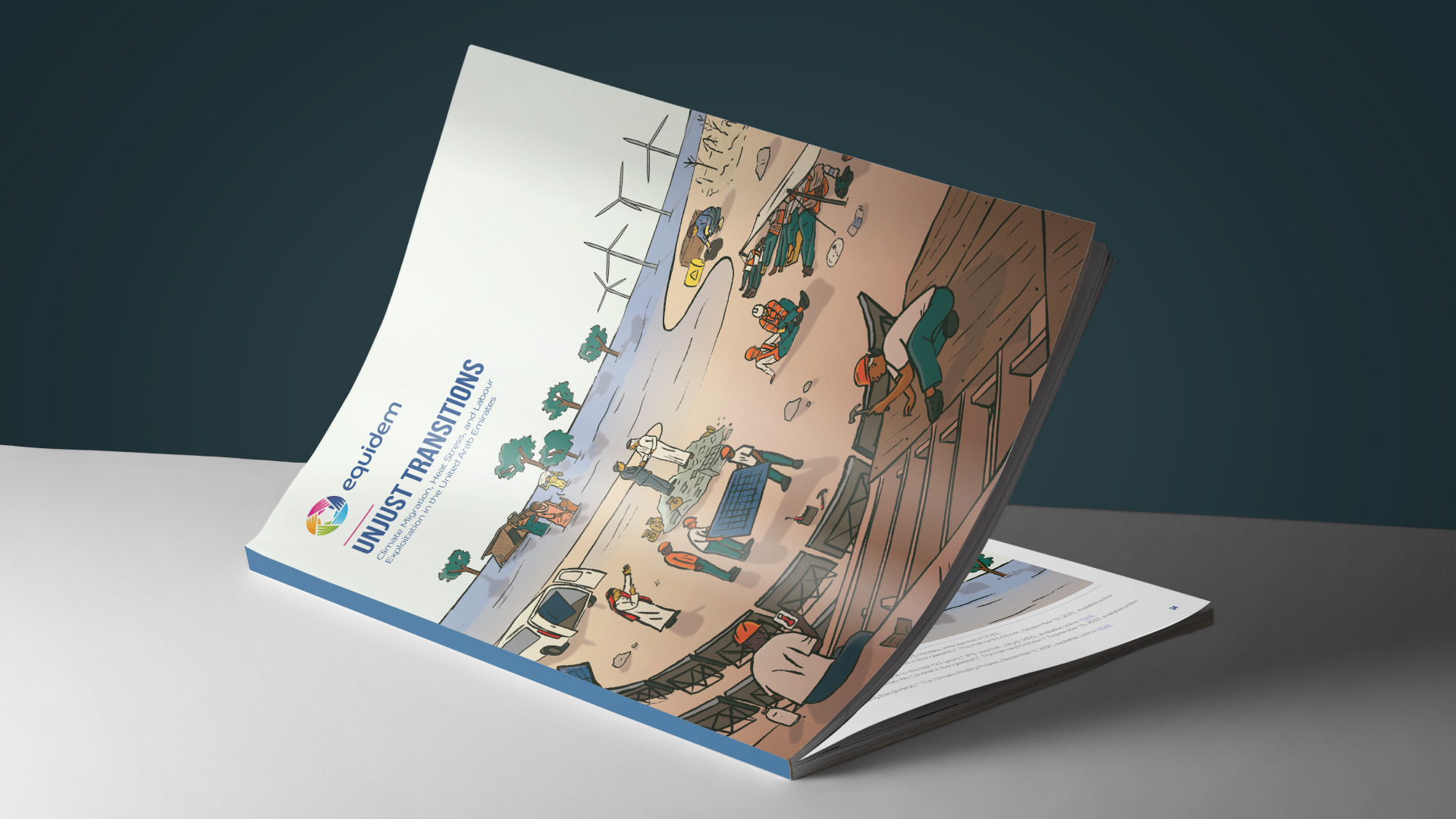
What are your favourite tools?
I’ve always loved anything analogue. The more hands on the better! So I’d have to go old school and say pen and paper.
Don’t get me wrong, I use a computer every day, and do a lot of illustration on an iPad, but if I ever feel stuck or need a bit of a refresh, I go back to paper and get a bit more sketchy with it.
Second to that would be anything print related. Getting your work off screen and onto a physical medium can really change your perspective. There’s a special spot in my heart for riso – it never fails to add something special to a piece of work.
What’s your dream project/dream client?
That’s a tough one…. It always changes! But a feel like art direction for a festival would be amazing. Creating everything from motion graphics on screen to booklets, posters and sets around the event. Just full creative control over the world you’re creating for festival goers.
Music has always been a big inspiration in my work so being able to be so deeply involved in a music experience like that would be a dream come true. Glasto hit me up…
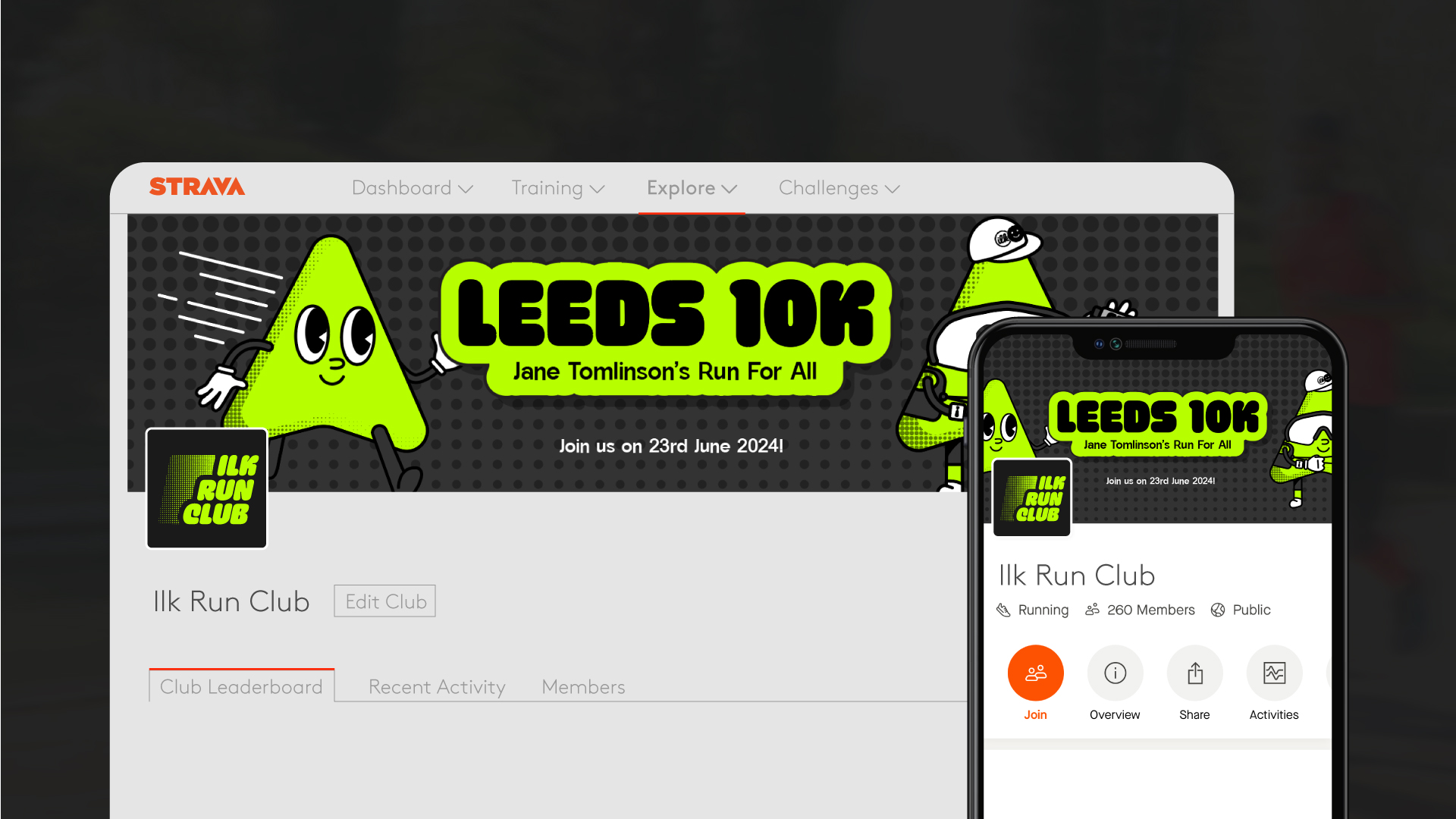
What career advice would you give your younger self?
Talk to everyone and anyone you can! (Within reason… maybe not every single person on your morning commute).
I was so shy when I was younger, and I would avoid talking to people at any cost. It’s only as I’ve gotten older that I’ve realised it’s so important to chat to as many people as you can to build up a strong network. Anyone you meet could be your next client, mentor, collaborator or source of inspiration.
But don’t leave things to chance. Make a real effort to connect with your community, and search out like minded people who could help you further yourself and your practice.
Find out more about ilk.







